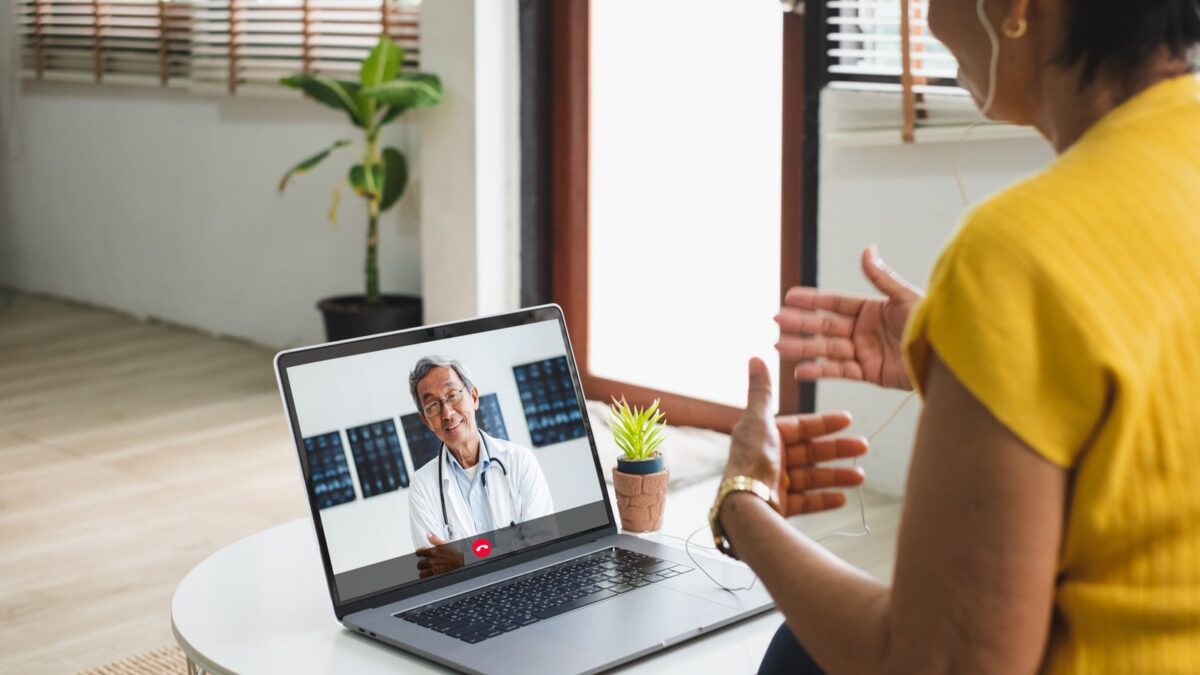Telehealth is a remote way of making healthcare more accessible, cost-effective, and engaging, allowing patients to share information in real-time through the use of phones, tablets, and computers, providing an outward reach for those in rural areas to get the care they need more conveniently. However, for many providers, the concept of telemedicine is relatively new. Many primary care providers have only adopted telemedicine in spades, taking it on through slow, gradual means to integrate it more fully into the medical services. This slow method of integration has made it harder for patients to engage with this concept fully. Thus, many patients often lose opportunities to improve their healthcare through virtual means further.
So, for a fully-fledged office existing in the virtual space, how can telemedicine help patients receive the healthcare they need? The answer to that concern all comes down to how providers like us use the tools given. We’re here to bridge that gap, improve patient care, and help providers and patients embrace the benefits of telehealth.
Our Tools For Decreasing Access Barriers
Providing patients with better access to care has been an ever-constant struggle, especially for rural and underserved areas that need medical services to help them with their conditions. This problem was consistently under-looked, but with the emergence of the Covid-19 pandemic, giving people priority and access to healthcare became overwhelming for emergency providers, primary care Nurse Practitioner, and urgent care workers. Developments in telemedicine ultimately increased tenfold, ultimately improving how health providers interacted with patients and helped keep people safe during the pandemic. Telehealth from this point on became an essential tool, greatly improving health services and, by extension, helped improve access to care.
So, if your primary care Nurse Practitioner offers this service, what does that mean for you? Most often, you will hear healthcare providers talk about the logistics and improvements telehealth needs to serve people nationwide. Still, when talking to the individual, patients often get left behind in these conversations. The good news is you don’t need to know everything to understand telehealth, but understanding its tools can help you further engage with your health, plan out your appointments, and help resolve your conditions with ease.
When referring to remote patient care, there is a multitude of tools that providers often used to consult patients during their appointment. Within these tools, providers can use:
- Live Video: Live video, also known as video conferencing, gives you and your provider a two-way interaction, allowing your provider to offer consulting, diagnosis, and treatment services through audiovisual devices. Live videos provide a way for Nurse Practitioner to give patients treatment advice for problems such as infections and then refer prescriptions for treatment.
- Store and Forward: While sounding vague, it simply refers to how we transfer information through methods such as emails, text messages, and other varieties of digital transmission. This tool is used to help providers evaluate information and then render services outside of technology for treatment.
- Remote Monitoring: For patients receiving care outside of their primary provider’s office, remote patient monitoring refers to the electronic collection and transfer of information to help providers track patient’s health and reduce hospital re-admissions.
- Mobile Health: Patient education resources, public health programs, and other forms of patient engagement are produced through mobile self-diagnosis applications, healthcare text messages, and alert systems.
As states continue to adapt to telemedicine regulations, we’re here to help leverage the benefits that telehealth brings to you and your family, providing primary care services that help keep you safe and healthy.













